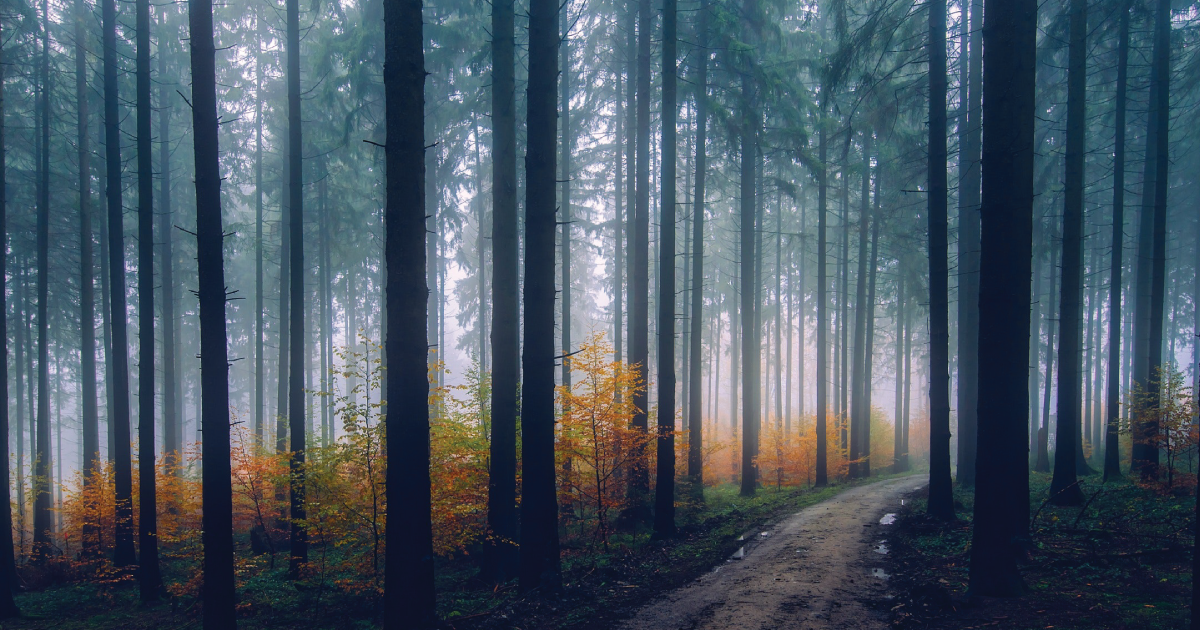
The Toxic Tradeoff of Glyphosate
Source: Wilderness Committee
The death of a tree echoes through a valley as it descends to decomposers, becoming a nurse log. In its death, seedlings establish on top, gaining protection from disease, access to nutrients and sunlight. These young seedlings are just one reminder death is a catalyst for life. Below the surface, fungal threads spread through the forest, piercing and entering cells of a raspberry plant — species merge at their edges.
Dynamics between species and the living and nonliving are complex, even in forests that are naturally regenerating after disturbances. Although forests suffer huge losses remaining forever changed from clearcut and old-growth logging, ecosystems are resilient and, in time, can be productive, life-giving forests once again.
Quite the opposite of this are forest plantations: industrial landscapes regrown just to be slashed again. Here the natural regrowth of the ecosystem is stifled with a chemical herbicide called glyphosate.
